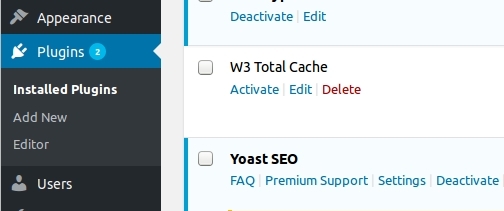How Thorough Is Your Website Testing?
When I say “website testing” what does that mean to you? To a lot of people it means does the page load. And that is true. That is the key aspect of testing out a change to any website page. But there are so many other things that should be taken into account.
Does the page load?
It should be the first test that is done to ensure that the new or updated pages actually display. Depending on the change errors to the programming or format of the page could have been introduced. These can show up as the entire page not loading, or portions of the page missing.
Are there formatting errors?
Does the page look the way that it was intended? Sometimes it takes more than one attempt to ensure that you get it just right. Take the time to look at the entire page or pages that were affected, not just the section or piece that was modified. Sometimes changes to one area can have adverse affects to others.
Are all the links valid?
If your site links to external sites, broken links are things that are a constant issue. You can’t control your linked content location. So, checking the links periodically is a must. It is even more important when you are already making changes. You’re already there, just check the link.
When running a CMS (Content Management System) such as WordPress, there are plugins that will scan the site looking for broken links. Install one. It is better to catch them before Google does.
Does the page load quickly?
If you are adding images to a page, multiple pages, or an entire site, it is a good thing to try to benchmark what you are doing to the page. How long did it take to load prior to the addition? What is the load time after? What things take the longest to load on the page?
This step will help you pinpoint issues that you may not have touched, but should look at. This step also helps point out when you are adding images that haven’t been optimized for the web. Google definitely takes page load times into account in their SERP (Search Engine Results Pages). You should too.
Does the page render correctly on all devices?
With mobile sites becoming all too important these days, you can’t just test your changes on a desktop anymore. You need to ensure that the site renders or displays properly across all different resolution screens. This doesn’t have to take forever, but it should be required. Both Firefox and Chrome allow for viewing pages across a variety of different resolutions and screen sizes.
Website Testing
These items are things that really should be looked at on sites whether they are static HTML or from a CMS. The items listed above are just the tip of the iceberg. When I test my sites, this is the minimum of things that are looked at before the site is released or “live”. Testing changes before release can save time and money down the road by catching the things before your site visitors ever see them.
Just repeat after me… Proper website testing. Proper website testing. Proper website testing.















Response to this project
characters left
You must be logged in to post a comment.